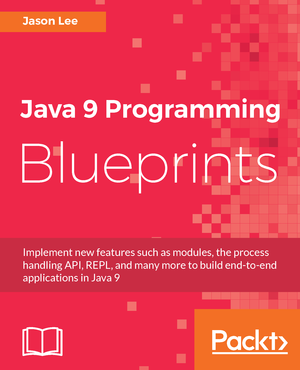Maven has a dependency scope, provided, that indicates that the dependency should not be in the archive. Gradle does not
provide such a scope out of the box, but it’s easy enough to add. The following Gradle build demonstrates a very bare-bones
Java EE 7 web application setup:
1
2
3
4
5
6
7
8
9
10
11
12
13
14
15
16
17
apply plugin: 'war'
repositories {
mavenCentral()
mavenLocal()
}
configurations {
provided
}
sourceSets {
main { compileClasspath += configurations.provided }
}
dependencies {
provided 'javax:javaee-api:7.0'
}
 My name is Jason Lee. I am a software developer living in the middle of Oklahoma. I’ve been a professional developer since 1997,
using a variety of languages, including Java, Javascript, PHP, Python, Delphi, and even a bit of C#. I currently work for Red Hat
on the WildFly/EAP team, where, among other things, I maintain integrations for some MicroProfile specs, OpenTelemetry, Micrometer,
Jakarta Faces, and Bean Validation. (Full resume
My name is Jason Lee. I am a software developer living in the middle of Oklahoma. I’ve been a professional developer since 1997,
using a variety of languages, including Java, Javascript, PHP, Python, Delphi, and even a bit of C#. I currently work for Red Hat
on the WildFly/EAP team, where, among other things, I maintain integrations for some MicroProfile specs, OpenTelemetry, Micrometer,
Jakarta Faces, and Bean Validation. (Full resume 